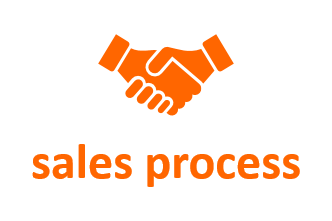Five Ways to Get Employee Buy-In for Changes
You Are Making In Your Business
One of the most frustrating problems in running a business is getting your employees to change the way they work.
Everyone knows that change is inevitable. In a small business, the ability to change and adapt quickly is a major advantage you have over the larger construction companies.
But if you cannot bring your employees along with you, you have a real problem.
Here is an excellent video from Victoria Downing of Remodeler's Advantage with advice on how to get buy-in for changes you need to make in your systems and processes.
I have listed the five steps, and my thoughts, below the video.
Here are the five (plus one) steps again...and some comments
|
1. Involve everyone - Make certain that everyone that may be impacted by the change gets the opportunity to express how they feel. Try to draw out the anti-change arguments so they can be aired and answered. 2. Explain the problem and the consequences of taking no action - Express exactly what the problem is and what will be the result of not doing anything. Here are some examples:
3. Get input from everyone in the group - Ensure that everyone has input...not just the opportunity for input. Get each individual to say something about the problem. This will indicate that they have some ownership of the problem and of the eventual solution. 4. Select best solution - You should already have a solution to the problem in mind. That's what it means to be a leader. It may happen that a workable solution you had not considered is suggested by someone in the group. If that happens, be sure to give that solution full consideration. If the new idea is a better solution than what you had in mind, take some time to flesh out the new suggestion. Working with the person who offered the solution, you may create a hybrid solution. But now you will have an additional champion for the idea within your workforce. If no better solution than the one you have predetermined is offered, explain your solution and how it addresses the issues which were raised in step 2. 5. Keep the solution "Top of Mind" - Once the change is incorporated into your company, begin holding participants accountable for implementing it.
6. And finally - Make it very clear that "We've never done it like that" is NOT an acceptable response to your efforts to improve your company. |











